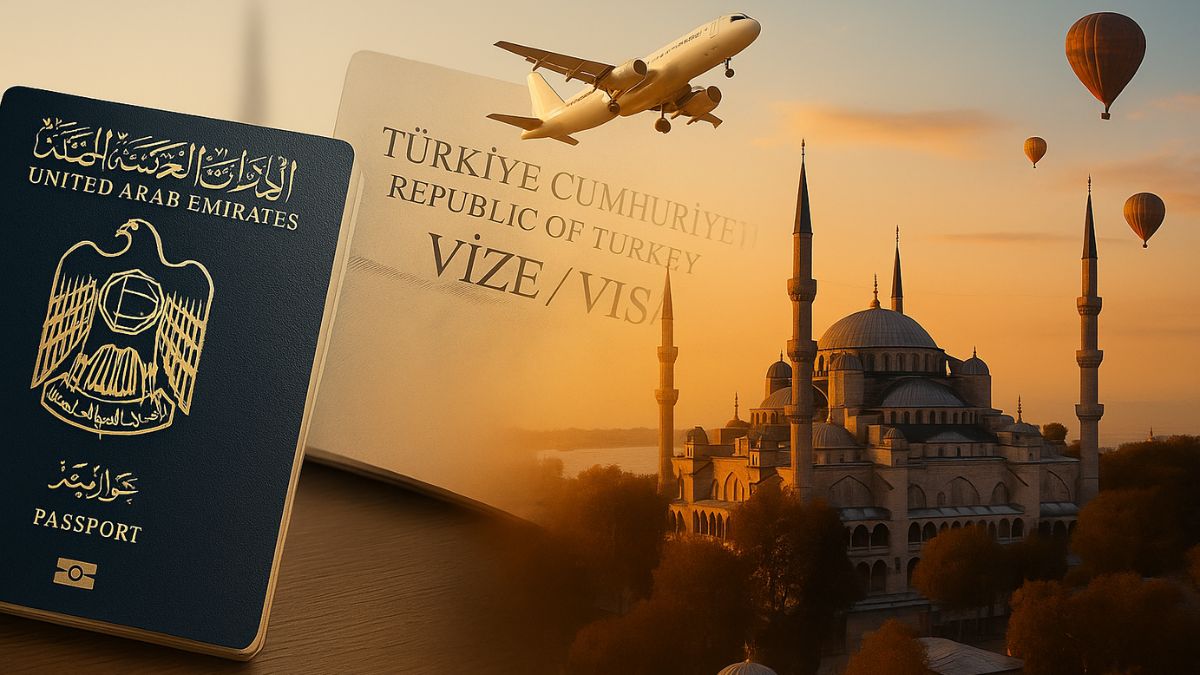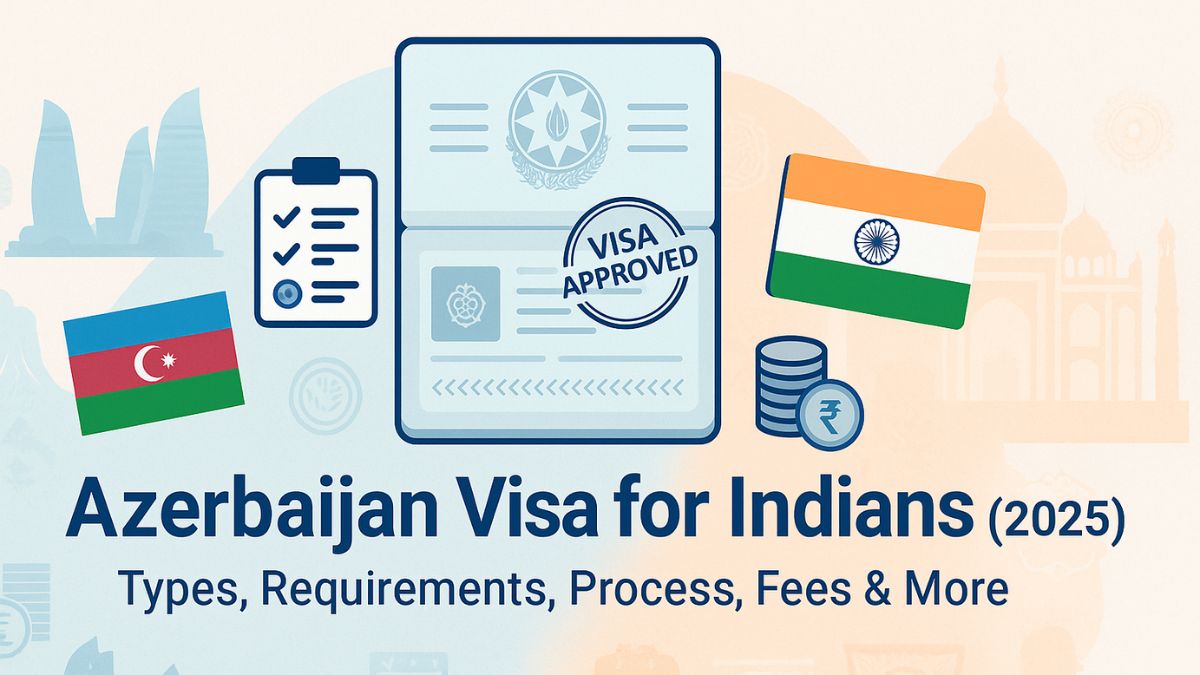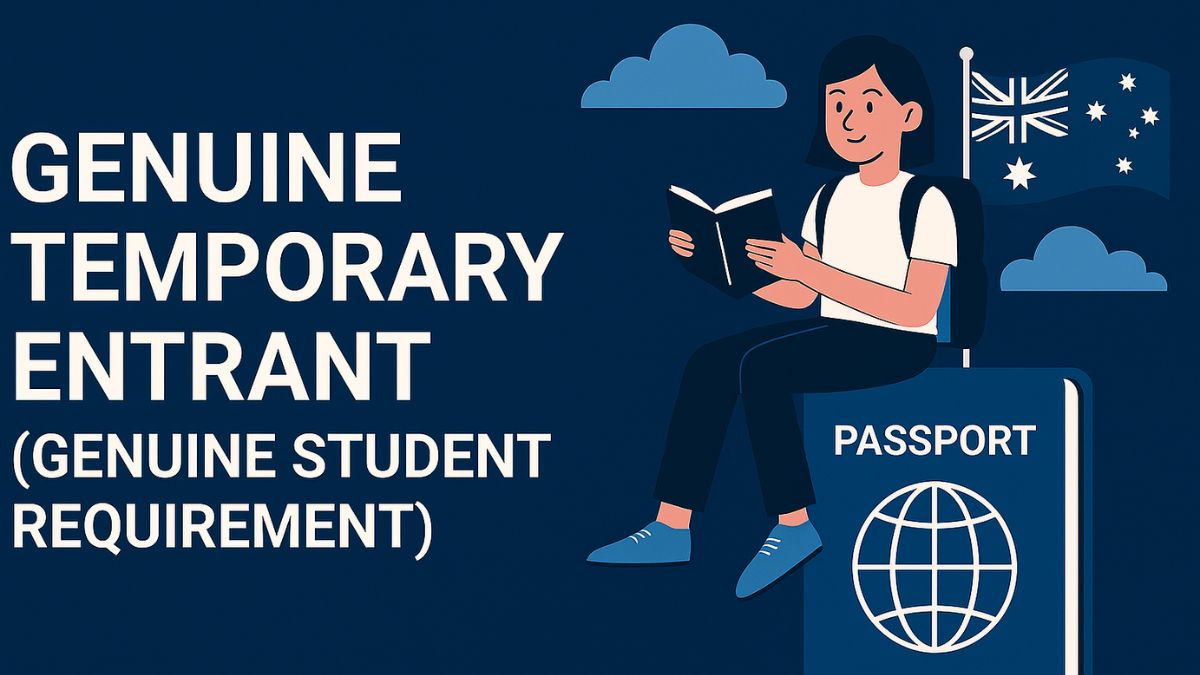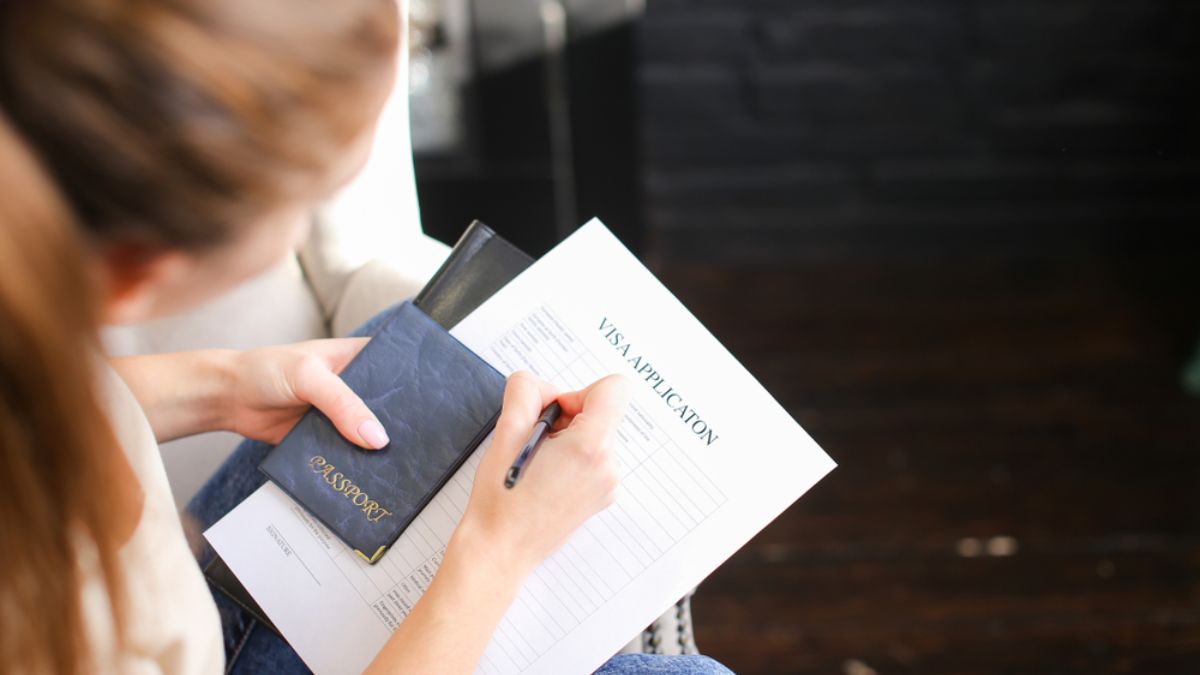
Pursuing higher education abroad is a transformative experience, offering students access to world-class institutions, diverse cultures, and unique learning opportunities. However, before embarking on this journey, securing a study visa is a crucial step. The process can seem overwhelming, especially for those unfamiliar with the requirements and procedures. Whether you’re planning to study in the United States, Canada, the United Kingdom, Australia, Europe, or elsewhere, each country has specific guidelines and criteria that you must meet to obtain a study visa.
In this guide, we will break down the step-by-step process of securing your study visa, covering essential aspects such as documentation, application procedures, and common challenges to be aware of. By following these steps, you’ll be better prepared to navigate the complexities of the visa application process and achieve your goal of studying abroad.
Understanding the Requirements for a Study Visa
Before diving into the application process, it’s essential to understand the key requirements that most countries expect from international students. While there may be slight variations depending on the destination, the general criteria remain consistent.
- Proof of Admission: You must have an offer of admission from a recognized educational institution. This could be a university, college, or another institution that is accredited by the country’s educational authorities.
- Valid Passport: Your passport should be valid for at least six months beyond your intended stay.
- Proof of Financial Means: Many countries require evidence that you have sufficient funds to cover tuition fees, living expenses, and other associated costs.
- Language Proficiency Tests: If you are applying to countries like the United States, the UK, or Australia, you may need to submit proof of proficiency in English through tests such as IELTS or TOEFL.
- Health and Character Requirements: Depending on the country, you may be required to provide medical examinations and police clearance certificates.

Step-by-Step Process for Securing Your Study Visa
Securing a study visa involves multiple stages, from gathering documentation to completing the application process. Let’s break down each step in detail.
Step 1: Research Your Destination and Requirements
The first step is to choose the country where you wish to study. Each country has its specific visa requirements, and understanding these early on will save you from unnecessary delays.
- Research Country-Specific Requirements: Each country has its own set of guidelines for international students. Some popular destinations and their unique requirements include:
- United States: Requires the Form I-20, proof of financial support, and possibly the SEVIS fee.
- United Kingdom: Requires a Confirmation of Acceptance for Studies (CAS) and proof of sufficient funds.
- Australia: Requires the CoE (Confirmation of Enrolment) and evidence of financial capacity.
- Canada: Requires a study permit and proof of acceptance from a Designated Learning Institution (DLI).
- Europe: The Schengen Visa might apply to students traveling to multiple countries.
- New Zealand: Requires a Letter of Offer from an approved institution and proof of financial support.
- Singapore: Students need a Student Pass and proof of admission to an accredited institution.
- Check for Visa Application Deadlines: Most countries have specific timelines for study visa applications. Make sure to apply well in advance to avoid last-minute stress.
- Understand Financial Requirements: Some countries will require proof that you have the financial means to support your education and living expenses. Research the minimum amount needed, and if applicable, explore scholarship or funding options.
Step 2: Apply to an Approved Educational Institution
To be eligible for a study visa, you must first secure admission to an accredited institution. Here’s how to proceed:
- Choose a Recognized Institution: Ensure that the institution you apply to is approved by the country’s education authorities.
- Submit Admission Applications: Apply to universities, colleges, or other institutions that align with your academic goals. Most institutions will require you to submit academic transcripts, letters of recommendation, and other necessary documentation.
- Receive a Confirmation of Enrollment (CoE): Once accepted, the institution will provide a CoE or equivalent document, which is necessary for your visa application. This serves as proof of your admission.
Step 3: Gather Required Documents
After receiving your CoE or admission confirmation, the next step is to collect all necessary documents required for the visa application. Each country has its list of documents, but generally, you will need:
- Passport: A valid passport with a minimum of six months’ validity from your intended arrival date.
- Proof of Financial Support: Bank statements, scholarship letters, sponsorship letters, or any other documentation proving that you have sufficient funds to cover tuition and living expenses.
- Language Proficiency Test Results: If required, submit proof of proficiency in English via tests like IELTS, TOEFL, or equivalent.
- Admission Letter: The Confirmation of Enrollment (CoE) or CAS (Confirmation of Acceptance for Studies) from your institution.
- Health and Character Documentation: Medical reports and police clearance certificates may be required depending on the country.
- Visa Application Form: Complete the appropriate visa application form, usually available online.
Step 4: Complete the Visa Application Form
Each country has its visa application form. The application can usually be completed online, but some countries may require you to submit a paper form.
- Fill Out the Form Carefully: Provide accurate and complete information. Mistakes or incomplete applications can result in delays or rejections.
- Pay the Application Fee: Most countries charge a visa application fee. Be sure to check the fee structure and pay accordingly.
- Schedule Interviews (if applicable): Some countries, like the United States and Australia, require applicants to attend visa interviews. Prepare your documents and answers in advance to ensure a smooth process.
Step 5: Attend the Visa Interview (if Required)
In some countries, attending a visa interview is mandatory. The interview allows consular officers to verify your application and provide any additional information if necessary.
- Prepare for the Interview: Be ready to discuss your study plans, financial situation, and why you chose that specific institution.
- Carry All Relevant Documents: Ensure that you bring all the necessary documents, including your passport, CoE, financial proof, and language test results.
- Stay Calm and Confident: Interviews are often straightforward. Answer questions clearly and honestly, and provide any requested information promptly.
Step 6: Wait for Visa Processing and Approval
Once you’ve submitted your application and attended any required interviews, the final step is to wait for the visa to be processed. Processing times vary depending on the country and the type of visa you applied for.
- Track Your Application Status: Many embassies and consulates offer online tracking services for visa applications.
- Prepare for Travel: Once approved, ensure you have all your travel documents in place and confirm your departure date with your institution.
Conclusion
Securing a study visa can be a time-consuming and detailed process, but with proper planning and preparation, you can ensure a smooth journey toward studying abroad. Understanding the specific requirements of your chosen destination, preparing necessary documentation, and completing the application process accurately are key to successfully obtaining your visa.
By following these step-by-step guidelines, you’ll be well-equipped to navigate the complexities of study visa applications. Good luck on your path to achieving your academic goals abroad!
Discover our blog for insights on study visas, global education, and academic journeys. Stay informed, stay ahead!














